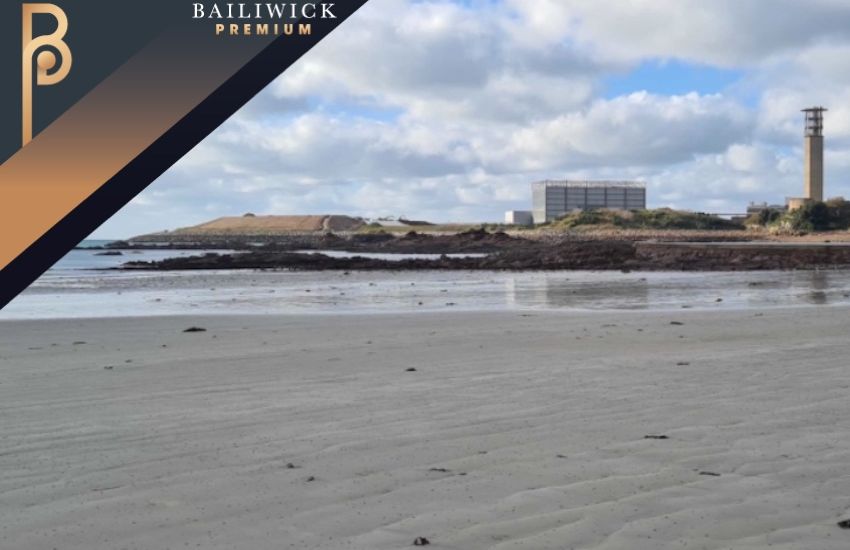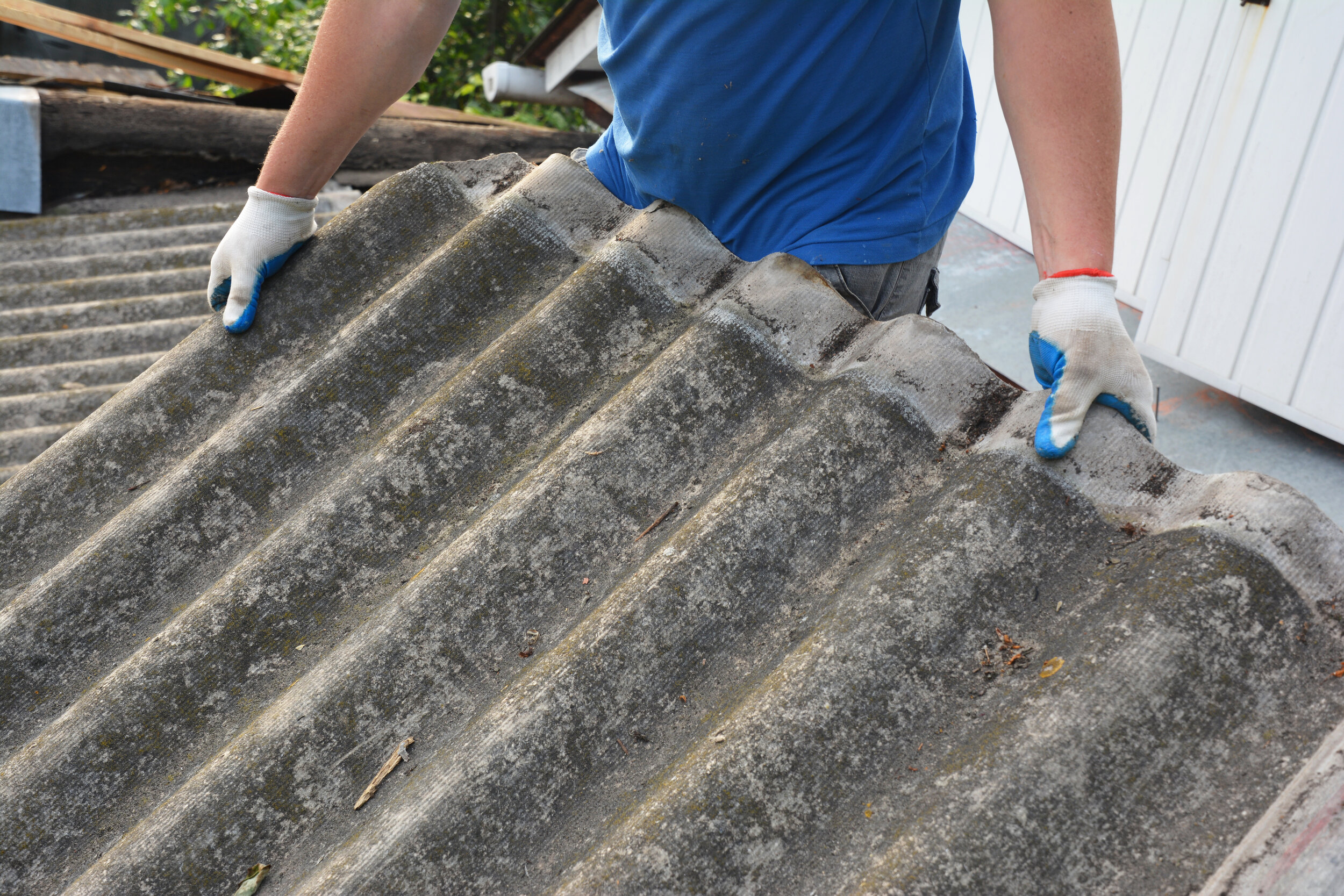


A large mound that has emerged at La Collette has been prompting questions from islanders walking around and living in the area... what is it? And how long is it going to stick around for?
While the ‘La Collette Headland’ has been there since the reclamation site was built, it has recently had a growth spurt, which has been noticed by residents living around Havre des Pas and Le Mare.
As it turns out, it's all to do with a busy period of construction in Jersey - and extra contaminated soil coming from those construction sites.
Asked by Express to explain what the mound is and why is has grown, a Government spokesperson said: “The La Collette Headland is the area of La Collette where lined waste pits are located.
“Lined waste pits have been constructed at La Collette since the construction of the reclamation site was completed in 1996.
“They are used for the permanent deposition of wastes that contain pollutants. The pits allow for the safe disposal of these wastes and protect the environment by preventing the escape of any pollutants.”
“The headland is made of clean soil that forms the perimeter of each pit, the liners, the waste that’s been disposed of in the pits, lining over the waste and clean soil to protect this lining.
“The liners are a combination of plastic sheets and other materials that are waterproof and do not degrade over time. The pits are designed and built in accordance with strict, internationally recognised standards to ensure the long term protection of the environment.

Pictured: Asbestos is stored in lined pits at La Collette.
The spokesperson added that, historically, the waste that was typically disposed of in the waste pits was ash from the incineration of household, commercial and clinical waste and animal carcasses.
Currently, the predominant source of waste is contaminated soils from the construction industry. Asbestos is also disposed of in the waste pits. This normally arises from demolition of buildings that were built during the asbestos era and property owners removing it from their homes.
“The headland has not appeared now but has been gradually developing since the reclamation site was built,” they continued.
“What’s changed is rather than a steady generation of ash, gradually filling the pits and increasing the size of the headland, we see significant change when a commercial development generates significant volumes of contaminated soil over a relatively short period of time.
“The headland is a permanent structure and will not reduce in size. It will continue to be filled until it has reached capacity.
“There is currently a temporary mound of clean soil on top of the headland that is being used as the protection layer for lining that is being placed over the waste in some of cells.
“This will be gone by the end of the year.”
Comments
Comments on this story express the views of the commentator only, not Bailiwick Publishing. We are unable to guarantee the accuracy of any of those comments.